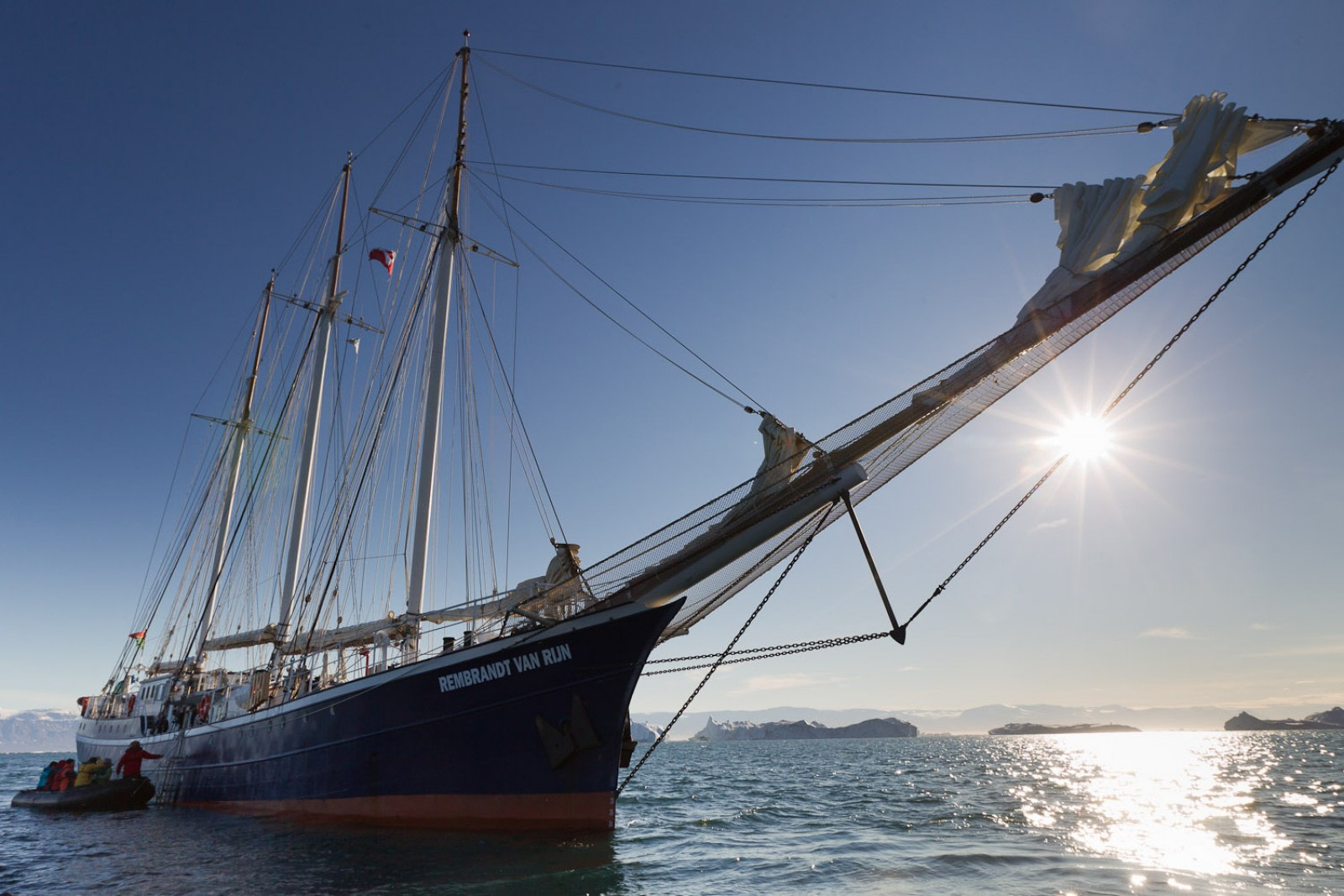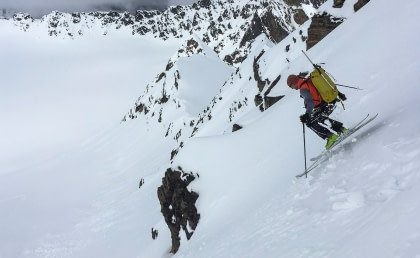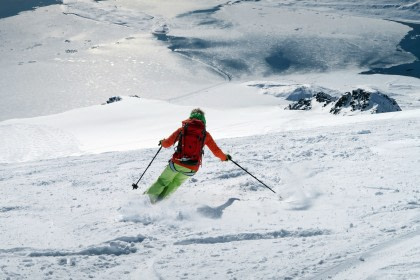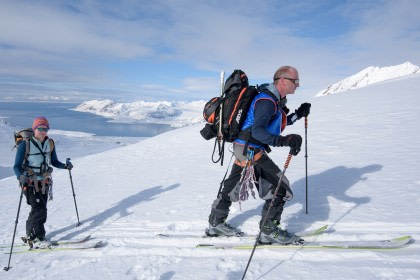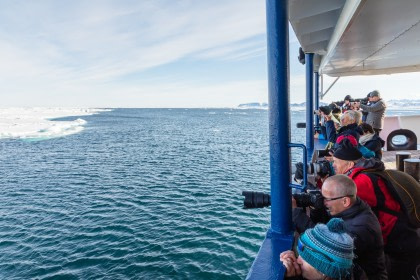Old-school explorations into the Arctic
In terms of polar exploration, the Arctic has a far more extensive history than Antarctica.
This is not because the Arctic is inherently more travel-worthy than the southern polar regions, but simply because people were already living within or near the Arctic Circle several thousand years before advancements in navigation, cartography, and ship-building made wider polar expeditions feasible.
In fact, many areas of the Arctic had already been settled and fairly well charted by the time Antarctica (known for centuries as Terra Australis, and not even seen by human eyes until 1820) was proven to exist.
The three main epochs of ancient Arctic travel, from Antiquity to the Middle Ages and into the Renaissance, make for a fascinating story as full of sheer luck as brave intentions.
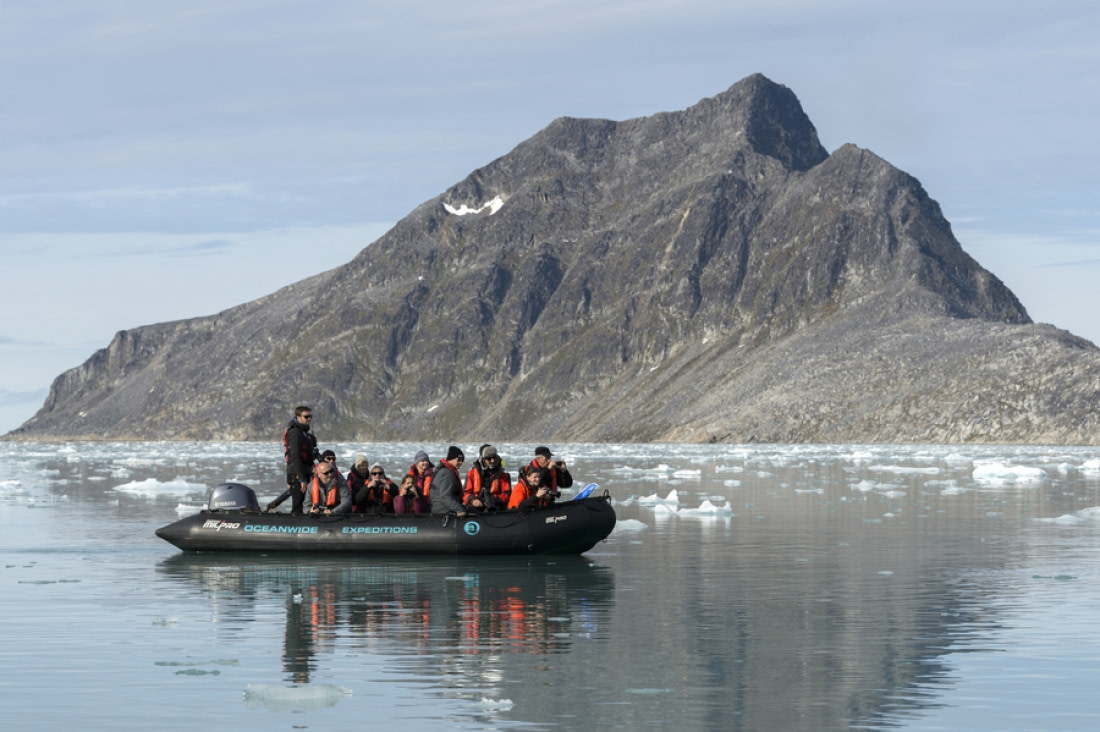
Pytheas and Thule: Ancient Greeks explore the Arctic
The earliest reports of Arctic-bound travel in the ancient world come from the time of Aristotle and Alexander the Great.
Hoping to find the source of tin that would occasionally reach his remote Greek colony of Massalia (current-day Marseille), geographer Pythias set out on a voyage north in 325 BCE (BC). He sailed past the Pillars of Hercules, the ancient name for the rocks of Gibraltar, and eventually circumnavigated the British Isles in his search.
In these travels he learned of a land even farther north called Thule, which he reportedly reached after another six days of sailing.
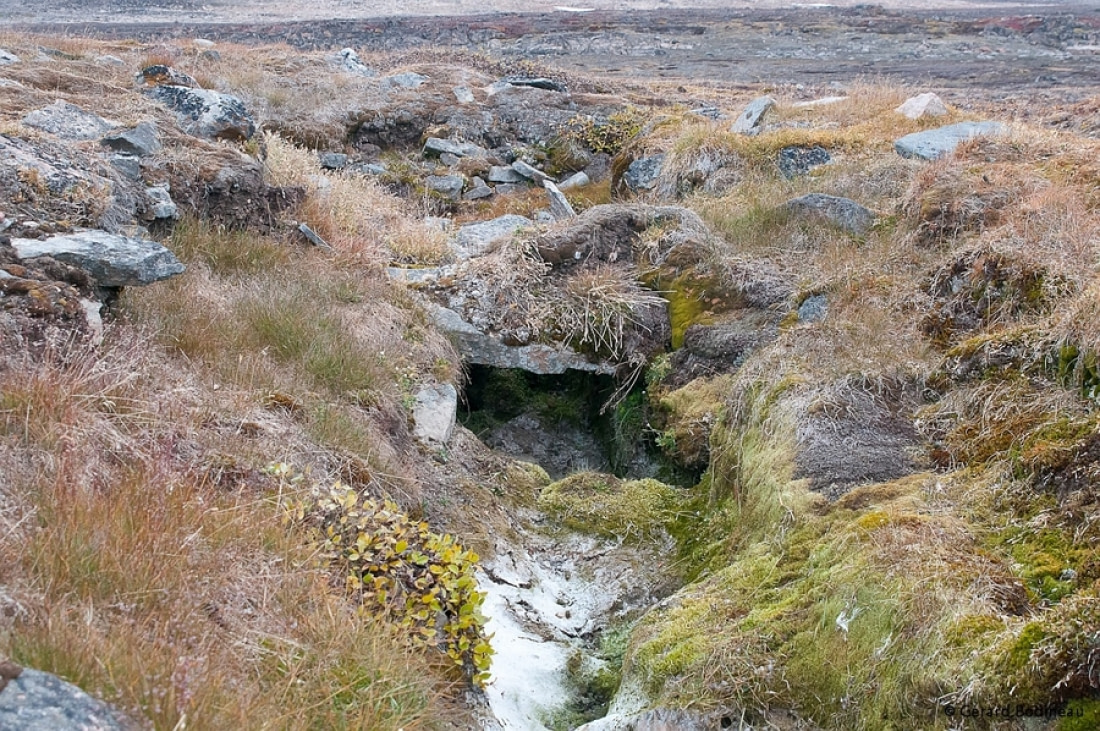
Remains of a Thule house. Photo by Gerard Bodineau
Pytheas described the sea of Thule as being curdled, by which modern scholars believe he meant frozen. The area Pythias is said to have reached may have been the coast of Northern Norway or maybe even the Shetland Islands, which did comprise ancient Thule.
It is uncertain whether Pytheas technically crossed over the Arctic Circle, but if he did it would have probably been no farther north than Northern Norway.
Vikings and Pomors: Medieval Arctic travels
Late in the 9th century, the Viking Naddod discovered Iceland. A few short years later, another ancient Scandinavian, Gardar Svavarsson, saw the same island after losing his sailing route from Norway to the Faroes.
Gardar’s report of the area spurred a frenzy of colonization and was followed by at least one more happy accident: Gunnbjörn Ulfsson, yet another Norseman, got lost in a storm in either the late 800s or early 900s and apparently came within sight of the Greenland shoreline.
Seek and you shall find? Well, apparently not if you’re Norse.
Ulfsson’s sighting led to Erik the Red establishing a village on Greenland in 985. But changing climates, such as happened during the Little Ice Age, kept these settlements from establishing a more permanent base, and they were all gone by about 1450.

Brattahlid, with church of Thjodhild and farm of Erik the Red. Photo by Louwrens Hacquebord
But it wasn’t just lost Vikings who made discoveries in the medieval Arctic. Russians also had a major hand in far north exploration, as Pomors had been traveling areas of the northeast passage as far back as the 11th century.
Also, by 1533 Russian monks had founded the Pechenga Monastery on the northern Kola Peninsula, from which Pomors explored Novaya Zemlya, the Barents Sea, and even Spitsbergen. And later in 1648, the Cossack explorer Semyon Dezhnev became the first European to sail through the Bering Strait.
These developments were all heading toward the greatest era of world exploration in human history, waiting just around the corner...
North by Northwest Passage: Renaissance men roam the Arctic
Within the span of about two hundred years, several European kingdoms participated in an unprecedentedly massive movement of innovation, exploration, and colonization that would forever change the geography of the known world.
Known as the Age of Discovery, this Renaissance-era phenomenon was prompted by such developments as the 1409 translation of Ptolemy's Geographia into Latin, which introduced to Western Europe the concepts of longitude and latitude.
The Arctic was by no means least among the priorities of this age, and a number of key maps by largely Flemish and Dutch cartographers, especially Gerardus Mercator (1512 – 1594), illuminated areas of the Arctic previously unknown.
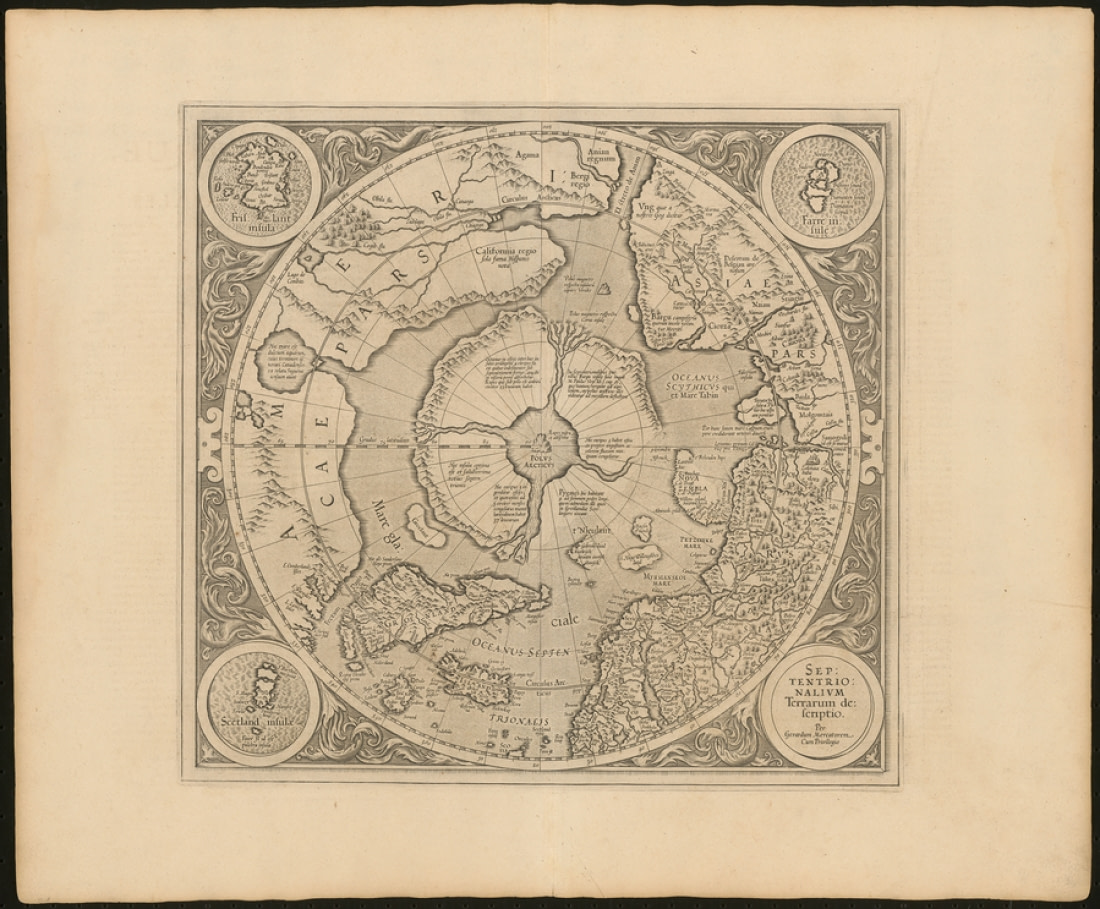
North pole map by Mercator. Map is from the private collection of Oceanwide Expeditions.
One of the chief concerns in the Arctic during this time was discovery of a Northwest Passage, a trade waterway that would connect the Atlantic and Pacific Oceans.
John Cabot made an unsuccessful attempt in 1497, and Jacques Cartier found the mouth of St. Lawrence River in 1564. A number of British expeditions followed until 1609, led by such explorers as Martin Frobisher, John Davis, and Henry Hudson.
It was not until three hundred years later, in 1906, that Roald Amundsen completed the task, though the waterway he found was too long and shallow to be commercially viable.
During your next Arctic cruise, while you gaze over the peaks and glaciers or perhaps spot a polar bear trekking across the tundra, contemplate the long tradition of exploration that revealed these areas to the world, and relish the fact that you are able to experience some measure of that ancient adventure - but with showers and more predictable mealtimes.
